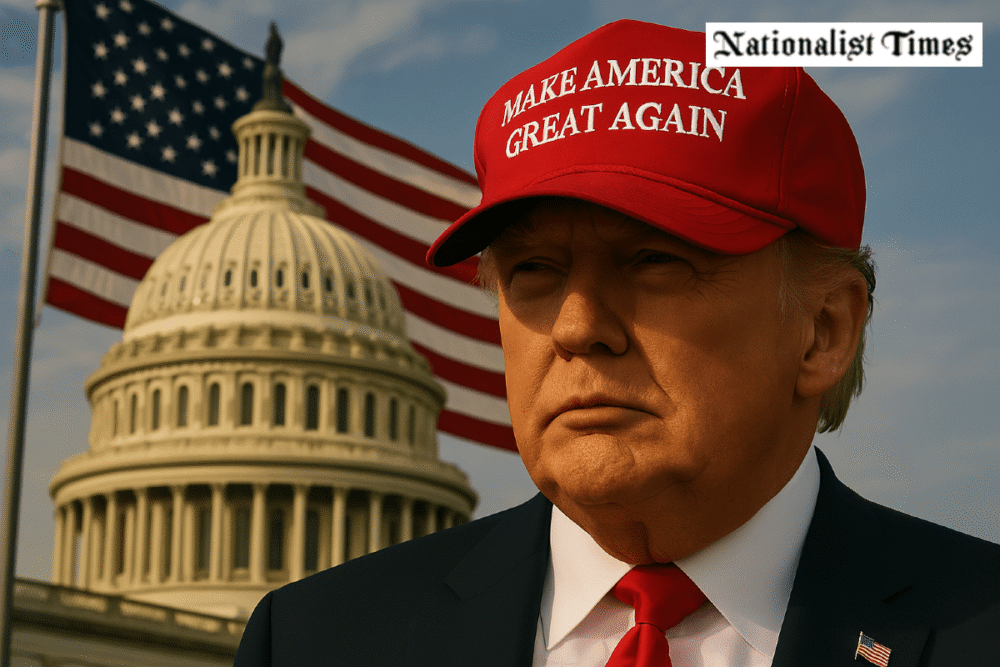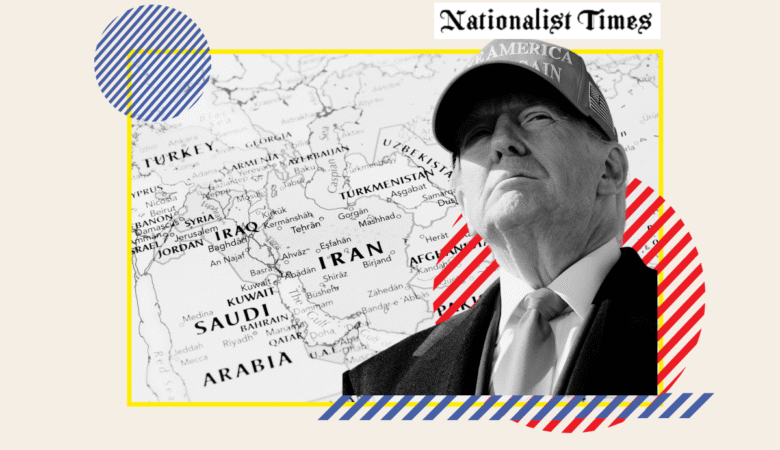President Donald Trump has introduced an ambitious legislative initiative known as the Trump Big Beautiful Bill. This proposal aims to modernize the nation’s fiscal policy by overhauling aspects of the tax code while reducing federal spending. However, the bill now confronts significant resistance on Capitol Hill. Deep-seated divisions among lawmakers and tough debates over fiscal responsibility have created major roadblocks in its path.
Background and Origins
The Trump Big Beautiful Bill emerged from the administration’s long-standing goal to simplify America’s complex tax system and curb rising government expenditures. For several months, policy experts from various sectors have worked to draft a plan that promises both economic growth and a leaner federal budget.
Many early supporters believed the proposal would be a game changer, with the potential to stimulate new business investments and create a more efficient government. Yet, as lawmakers examined the details, divergent views emerged regarding how steep the required spending cuts should be and what the pace of the reforms ought to look like.
Key Provisions and Controversies
Spanning over 1,116 pages, the Trump Big Beautiful Bill is both vast and comprehensive. It outlines a series of measures designed to transform federal fiscal management. Central to the proposal are sweeping tax reductions aimed at jumpstarting the economy and aggressive spending cuts intended to rein in government expenses.
The major points of contention include:
- Tax Reductions: Extensive cuts intended to boost disposable income and encourage private sector investments.
- Spending Cuts: Far-reaching reductions in federal spending; critics worry these may undermine essential services.
- Medicaid Reforms: Proposals to impose stricter work requirements on Medicaid recipients have divided opinion, with debates over immediate versus delayed implementation.
- Elimination of Tax Incentives: Specific tax incentives, especially those related to green energy, face elimination. Critics argue that removing these could stifle innovation in sustainable technology.
Economic Implications
If passed, the Trump Big Beautiful Bill could dramatically reshape the economic landscape. Supporters claim that reducing taxes will invigorate the economy by increasing business investments and boosting consumer spending. They argue that a leaner government, supported by significant spending cuts, will also improve long-term fiscal stability.
Yet, the proposed spending cuts are not without risk. Drastic cuts could lead to reduced funding for public services and infrastructure projects. In the short term, such measures might create uncertainties that could dampen economic performance if not balanced by robust growth.
Moreover, the proposed changes to Medicaid have sparked a debate regarding the social safety net. Some experts warn that if work requirements are imposed too quickly, vulnerable populations could suffer disruptions in essential services. Consequently, while tax relief may drive business expansion, the immediate impact on public well-being remains a crucial concern.
Political Repercussions and GOP Divisions
The discussion surrounding the Trump Big Beautiful Bill has exposed profound internal rifts within the Republican Party. Many conservative members happily back a dramatic retrenchment in federal spending and expansive tax cuts. In contrast, moderates voice concerns that overly rapid changes might come at the expense of essential public services.
For example, debates over the timing of Medicaid reforms have led to intense discussions, with some GOP members insisting on immediate implementation to enforce fiscal discipline and others advocating for a more gradual approach to avoid unnecessary hardship. This divergence of viewpoints has sparked procedural delays that could prove fatal for the bill’s passage.
Additionally, these internal disagreements come at a time when the party is under pressure to present a united front. With upcoming elections and shifting public opinions, establishing consensus on such wide-ranging fiscal reforms remains a herculean task.
Legislative Hurdles and Negotiations
Navigating the legislative process for the Trump Big Beautiful Bill is proving to be an arduous journey. Lawmakers must negotiate between the bill’s ambitious objectives and the practical realities of governance. In committee meetings and floor debates, members of Congress have expressed their reservations on various fronts.
One notable challenge arises from the need to reconcile a series of amendments proposed by different factions within the party. Some members demand even steeper cuts in certain areas, while others push back to safeguard programs that they consider vital for millions of Americans.
As negotiations continue, the intricate dance of compromise becomes increasingly evident. The success of this process depends on the ability of lawmakers to bridge ideological gaps and reach a middle ground that satisfies both fiscal conservatives and social policy advocates.
In-Depth Analysis and Long-Term Outlook
Historical precedents suggest that major reforms often face initial resistance before implementation succeeds. The Trump Big Beautiful Bill is no exception. Although the proposal has encountered strong opposition, its underlying goals resonate with a significant segment of policy makers seeking systemic change.
In broader terms, the initiative represents a call for enhanced fiscal discipline during turbulent economic times. Some analysts believe that once the immediate debates are settled, the bill could lead to long-term benefits such as increased economic competitiveness and reduced wasteful expenditures.
However, balancing economic growth with social welfare remains a delicate task. Any misstep in the legislative process could lead to unintended consequences—including funding shortages for vital services and potential disruptions in market stability. This duality underscores the importance of meticulous planning and phased implementation as the bill moves forward.
As discussions unfold, political strategists and financial experts alike are monitoring how this legislative battle might shape future fiscal policies. The upcoming months may well determine whether the nation embraces a new era of aggressive reform or opts for a more cautious, incremental approach.
Conclusion
The fate of the Trump Big Beautiful Bill hangs in the balance. With deep ideological divisions and vigorous debates over tax cuts, spending restraints, and Medicaid reforms, the proposal encapsulates the challenges facing modern American governance. Lawmakers find themselves at a crossroads, tasked with the difficult job of reconciling differing visions for the nation’s future.
As Capitol Hill wrestles with these issues, the struggle over fiscal policy serves as a microcosm of the broader political environment. The outcomes from these debates will not just determine the future of a single bill; they will shape the contours of national economic strategy for years to come.
Nationalist Times will continue to provide in-depth coverage and analysis as new developments emerge. Stay tuned for updates with US Articles on how this legislative contest unfolds and its long-term implications for American policy and society. Also, stay updated by visiting Trump’s official Truth Social profile.







Leave a Reply